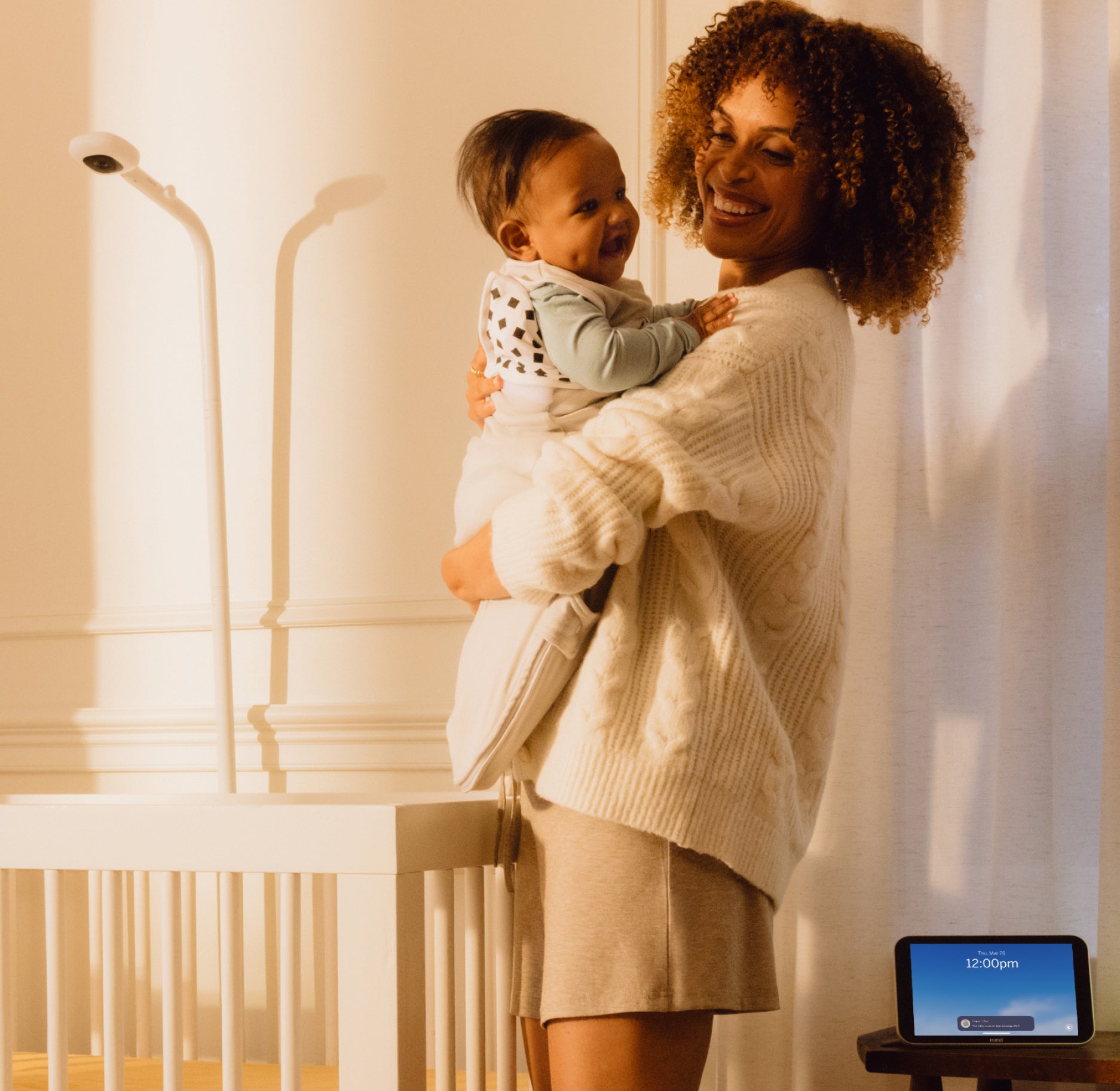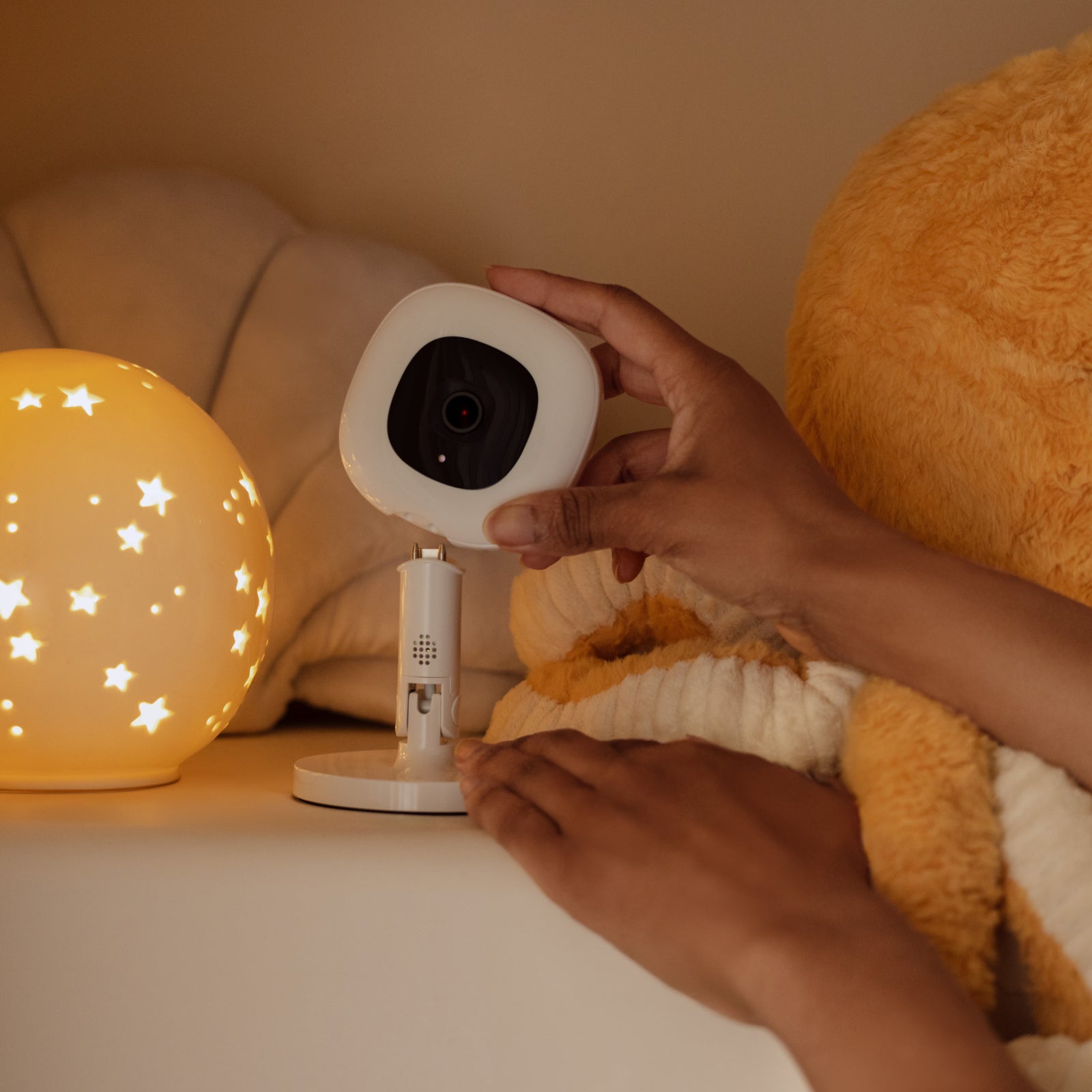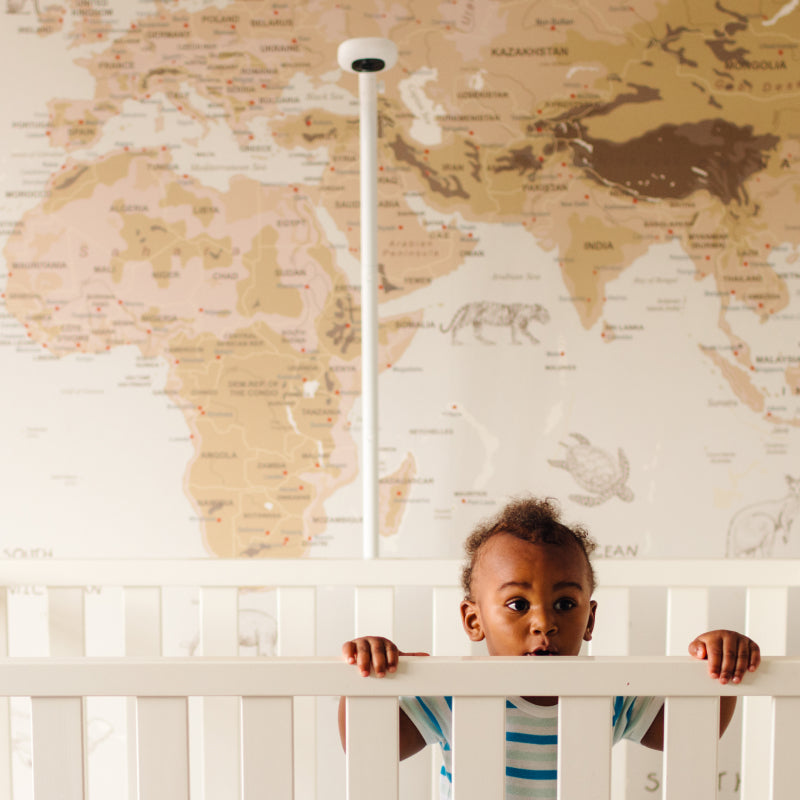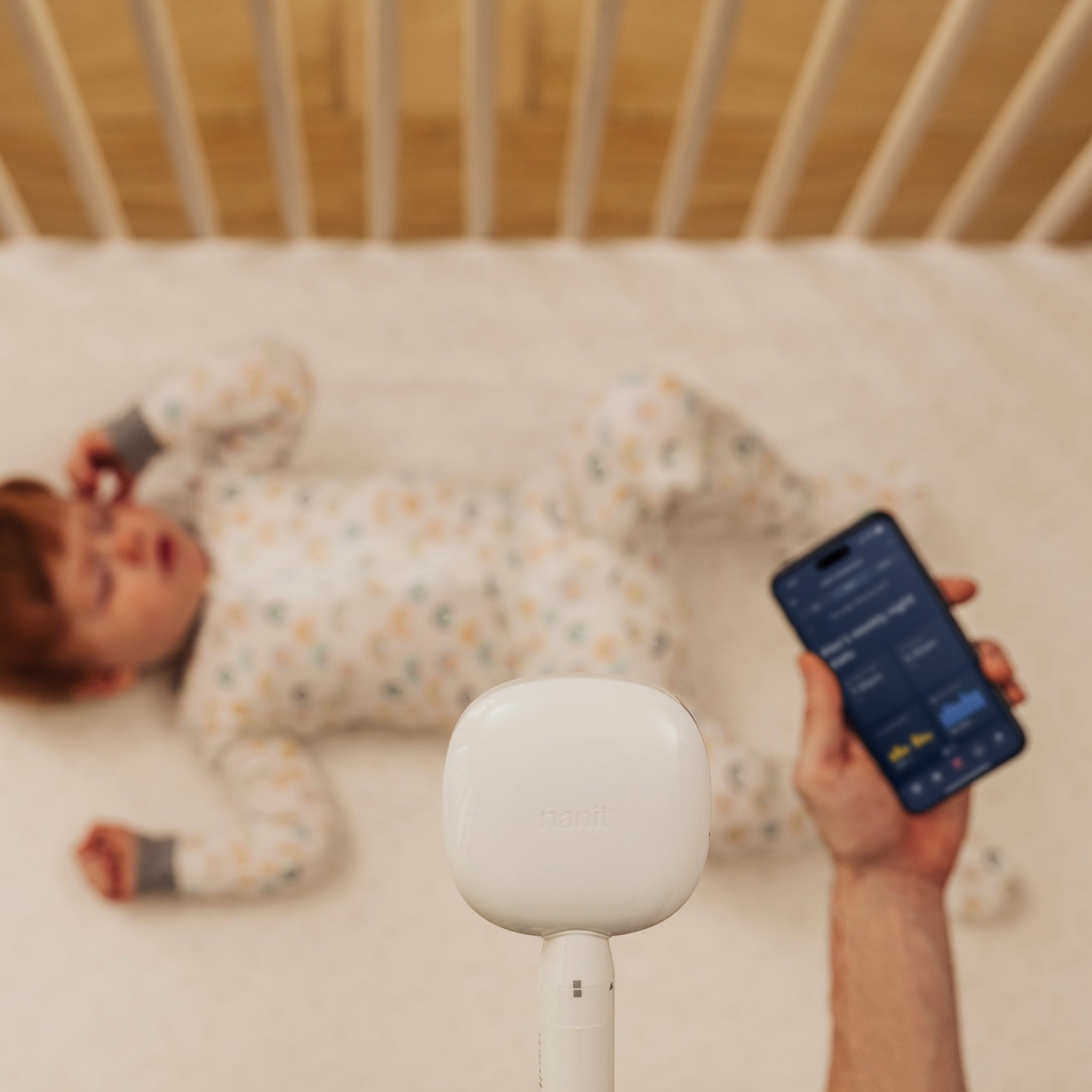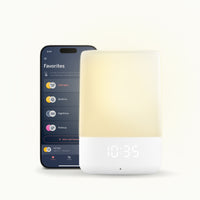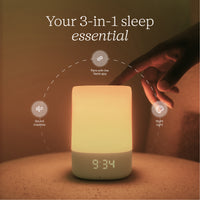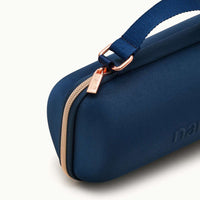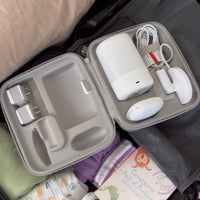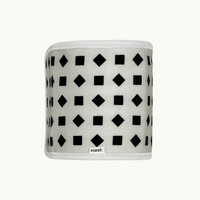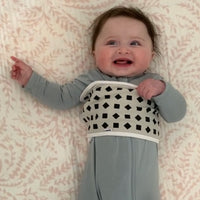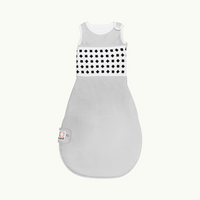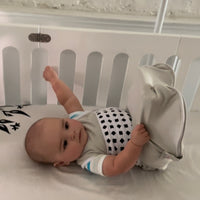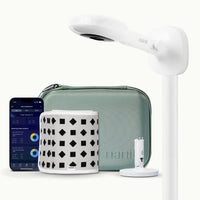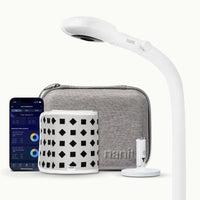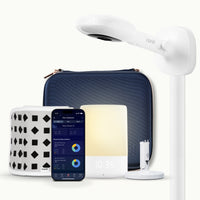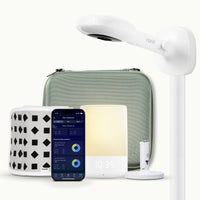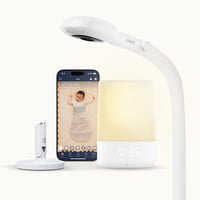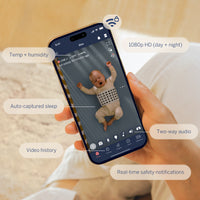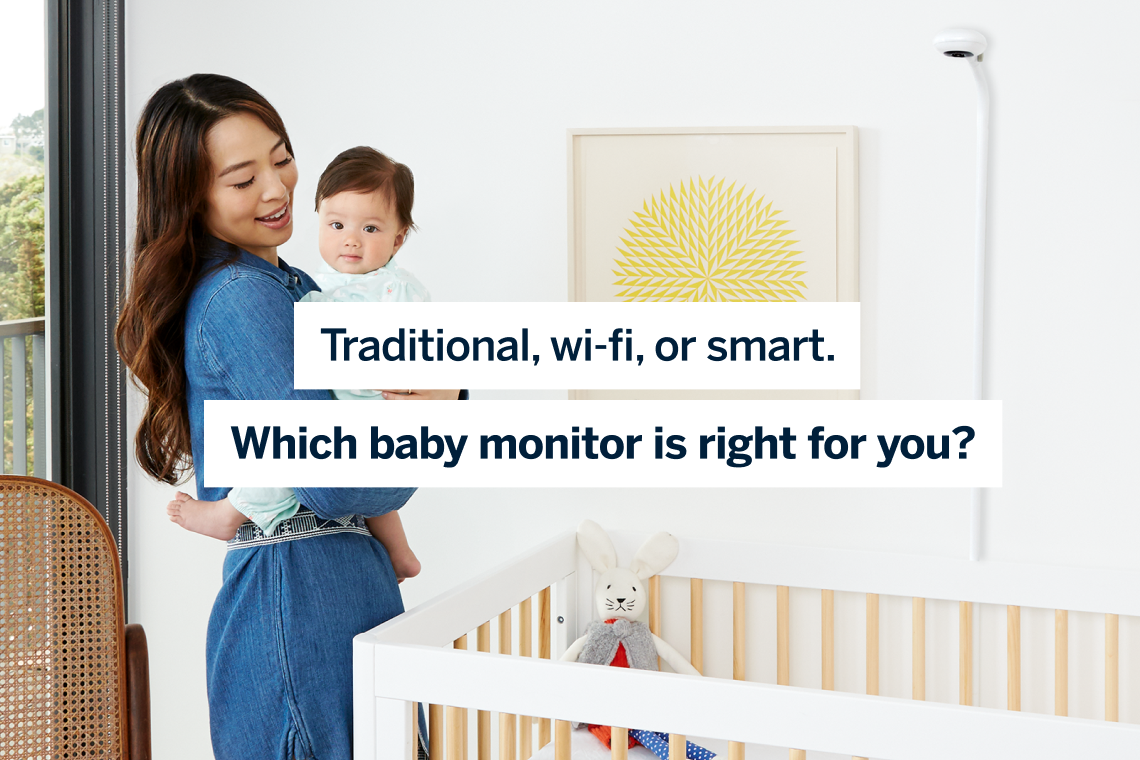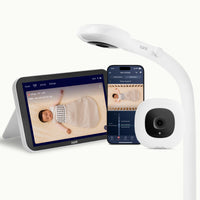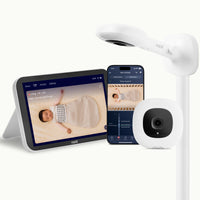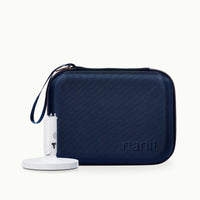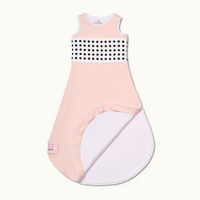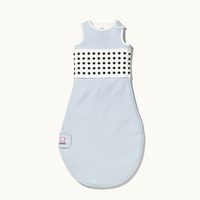April is World Autism Month, and at Nanit, we consider it part of our mission to facilitate better research and improve understanding of autism spectrum disorder (ASD)—more specifically, how ASD impacts precious sleep.
What is autism?
Autism spectrum disorder affects an estimated one in 44 children in the United States, with about four times as many boys being diagnosed as girls. As implied by the name, autism is a spectrum, with signs, symptoms, and severity varying from one person to the next. Some children with ASD need a great deal of support, while others need less.
The common threads in ASD diagnoses include issues with communication, social, and emotional skills. Children with autism have difficulty coping with changes in their routines and may display repetitive behaviors or intense, focused interest in certain topics. Children with ASD may have different types of reactions, learning styles, and ways of paying attention than other children, ranging from gifted to severely challenged.
Autism by the numbers
The CDC funds the Autism and Developmental Disabilities Monitoring Network (ADDM) to foster a better understanding of the impacts of ASD in the United States and the characteristics of children diagnosed with ASD. From their research, we know that:
- About one in 44 eight-year-olds has been diagnosed with autism spectrum disorder. (By the age of eight, most children with ASD have been identified for services, which is why this age is used as the baseline in ADDM’s research.)
- ASD is reported to occur across all racial, ethnic, and socioeconomic groups.
- ASD diagnoses vary from region to region; for example, one in 60 children is diagnosed with ASD in Missouri, while in California, the number is one in 26.
- About one in six (17%) children aged 3–17 years was diagnosed with a developmental disability, as reported by parents, during a study period of 2009-2017. These disabilities included autism, attention-deficit/hyperactivity disorder, blindness, and cerebral palsy.
Why research is important
According to our research partners, Shafali Spurling Jeste, MD of Children’s Hospital of Los Angeles, and Mirella Dapretto, Ph.D. of UCLA, the biggest challenge in diagnosing ASD is the fact that many children without ASD also display signs and symptoms of autism. How can a parent know if, for example, their child’s keen interest in birds is a sign of ASD or if their difficulty with transitions is something to be concerned about?
While it’s natural for parents to want a list of clear signs and indicators for a cut-and-dry diagnosis, Jeste and Dapretto caution against the generalization of autism symptoms and behaviors.
“It’s hard for us to give a hard and fast rule, or a predictor for parents… we don’t have great ways to predict that,
One of the goals of UCLA’s research into ASD is to enable earlier diagnosis based on more precise criteria, as this provides more opportunities for early intervention.
Importance of early intervention
Autism spectrum disorder is no different from any other type of health condition. From diabetes to heart disease, early diagnosis and intervention are key for the best possible outcomes.
As Dr. Dapretto explains, “The first three years of life are a dramatic period of brain development, and the first year, even more so… so in a way, we are missing
In other words, earlier diagnosis can produce better outcomes because it allows doctors and therapists to leverage the increased neuroplasticity that children have at younger ages.
In addition, our research partners hope that their work will allow doctors to predict which children will benefit most from intervention and the type of intervention that will be most beneficial. Because ASD is a spectrum, and symptoms vary, interventions must be tailored and targeted. With research, doctors can improve their ability to offer precise treatments.
Nanit’s research with UCLA
While not all children with autism have sleep disorders (and certainly not all children with sleep troubles have ASD), Dr. Dapretto shares that up to 80 percent of children with ASD have sleep issues, with difficulty falling asleep, waking up in the middle of the night, and waking early in the morning.
By using the Nanit camera, our research partners around the world now have a more objective measure of the quality of infant sleep. While parents are reliable when it comes to reporting how long it takes for their babies to fall asleep and how many hours they sleep each night, they’re less able to report on how many times their infants wake up during the middle of the night or how restless their sleep is, as the child might not always cry out for their parents during these bouts of restlessness or waking.
Nanit allows researchers to better track this so-called “fragmented sleep” and produce more precise measurements and longitudinal metrics relating to sleep rather than relying on estimates from parents or having to attach cumbersome electronic monitors to infants. This research has the potential to offer more precise diagnostic criteria for ASD in the future, as well as insight into how we can improve sleep for children with autism.

Sleep tips for children with autism
While research is ongoing, in the meantime, Drs. Dapretto and Jeste offer the following sleep hygiene tips for children with autism:
Have a nighttime routine. Children with autism thrive with structure, so keep to a regular, predictable schedule and try to avoid disruptions like staying out late.
Use positive reinforcement. Reward your child for sleeping on their own at night and staying asleep.
Don’t let your child sleep in your bed. Doing so will break that regular routine and structure—and it may create a new routine that impacts your sleep!
No screen time before bed. Avoid exposure to iPads and other devices at least an hour before bedtime.
Avoid eating and drinking before bed. Children are more likely to wake up in the middle of the night when they eat or drink right before their bedtime.
Get plenty of exercise. Yes, the same advice you’ve probably heard from your mom—wear them out! Kids sleep better when they’re active during the day.
Learn more from Nanit
For more sleep tips and updates on how Nanit is helping researchers better understand infant sleep, follow our blog.



